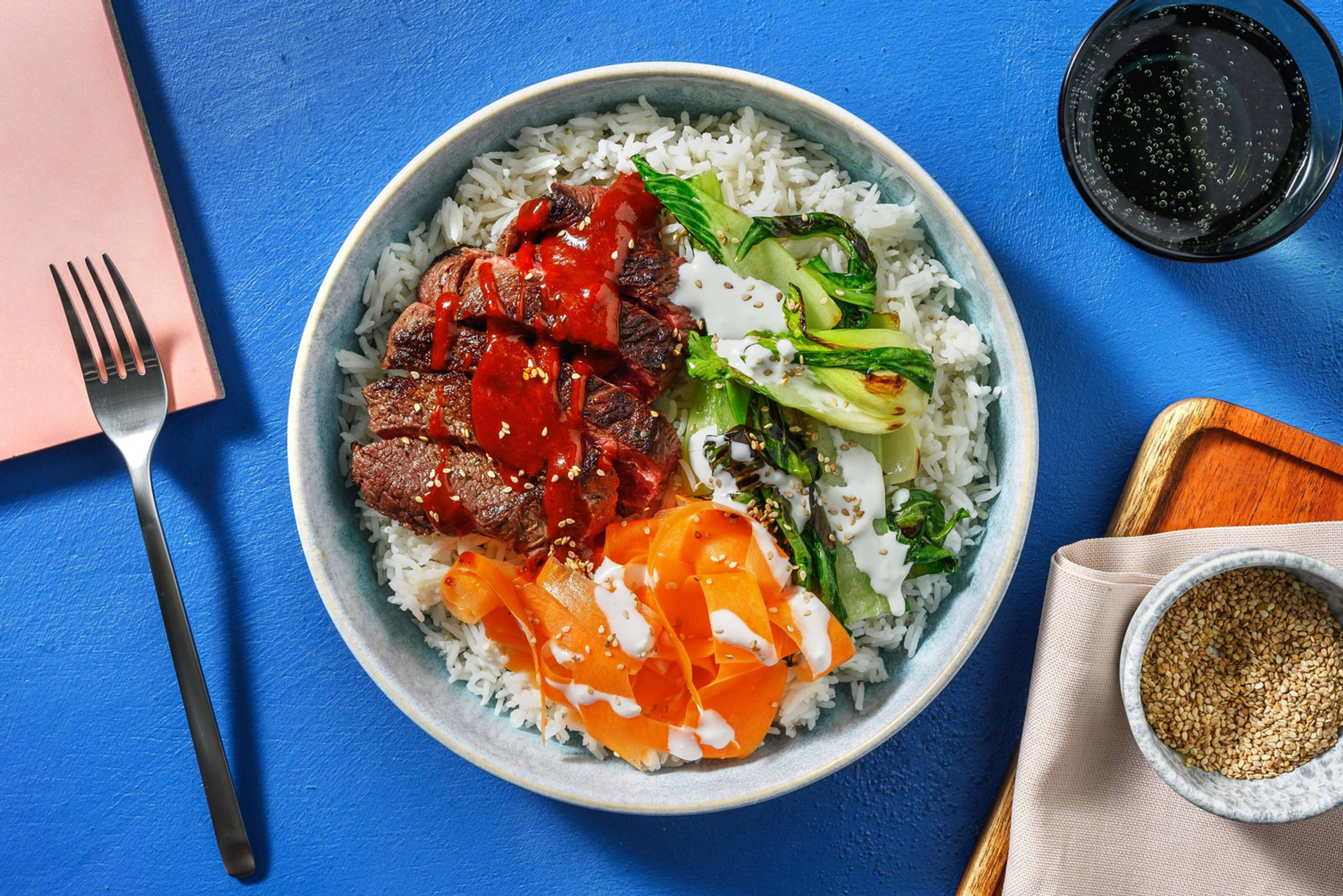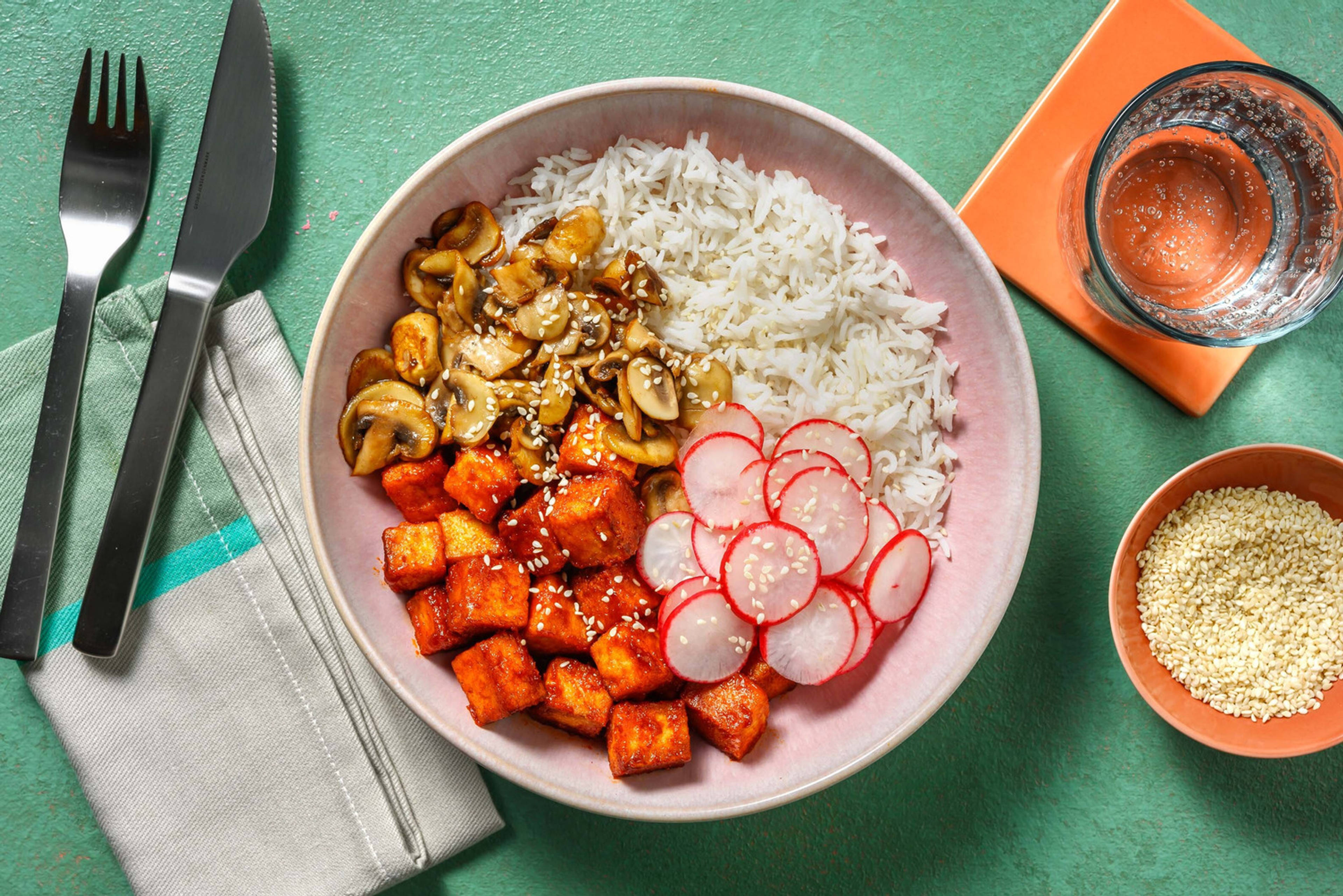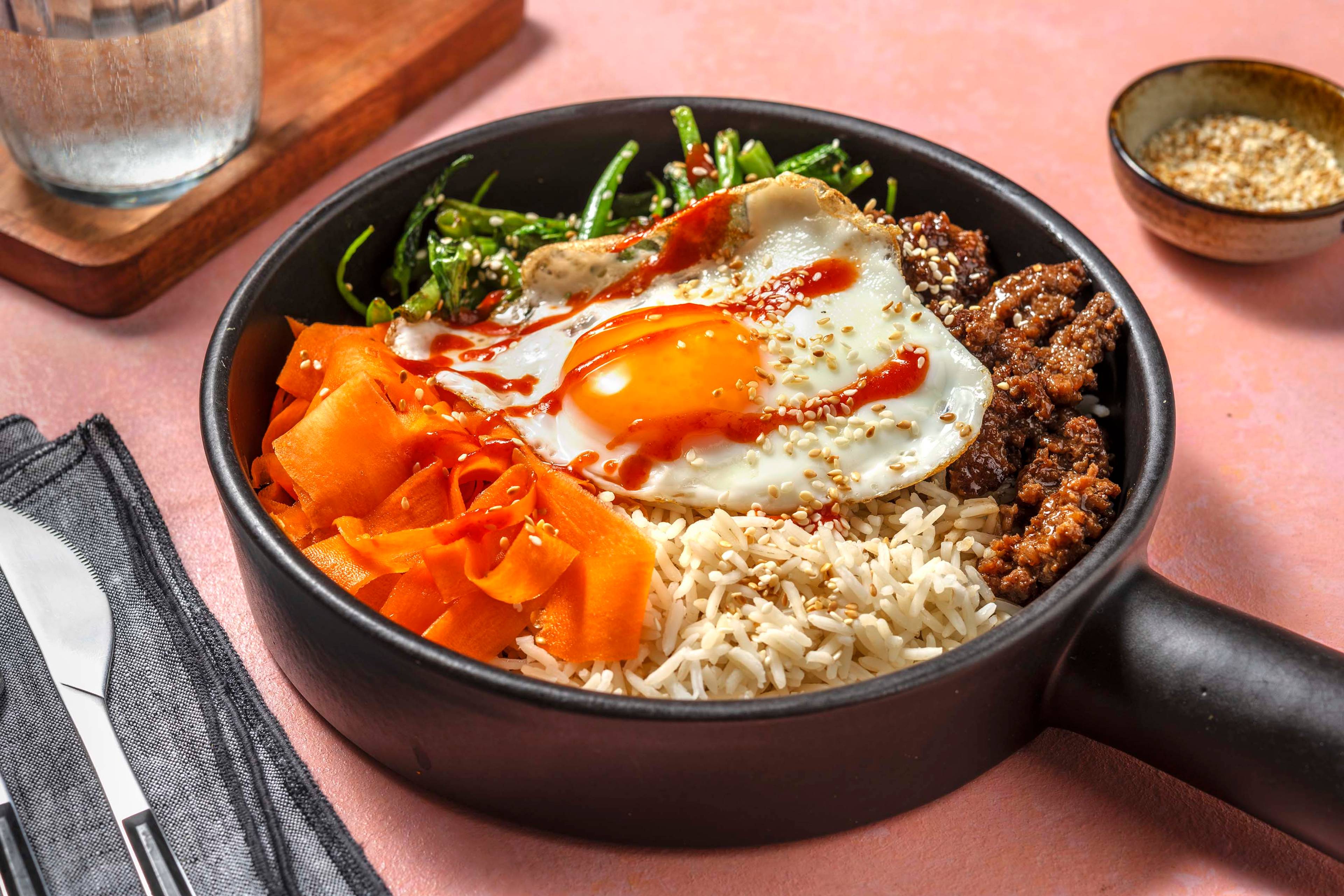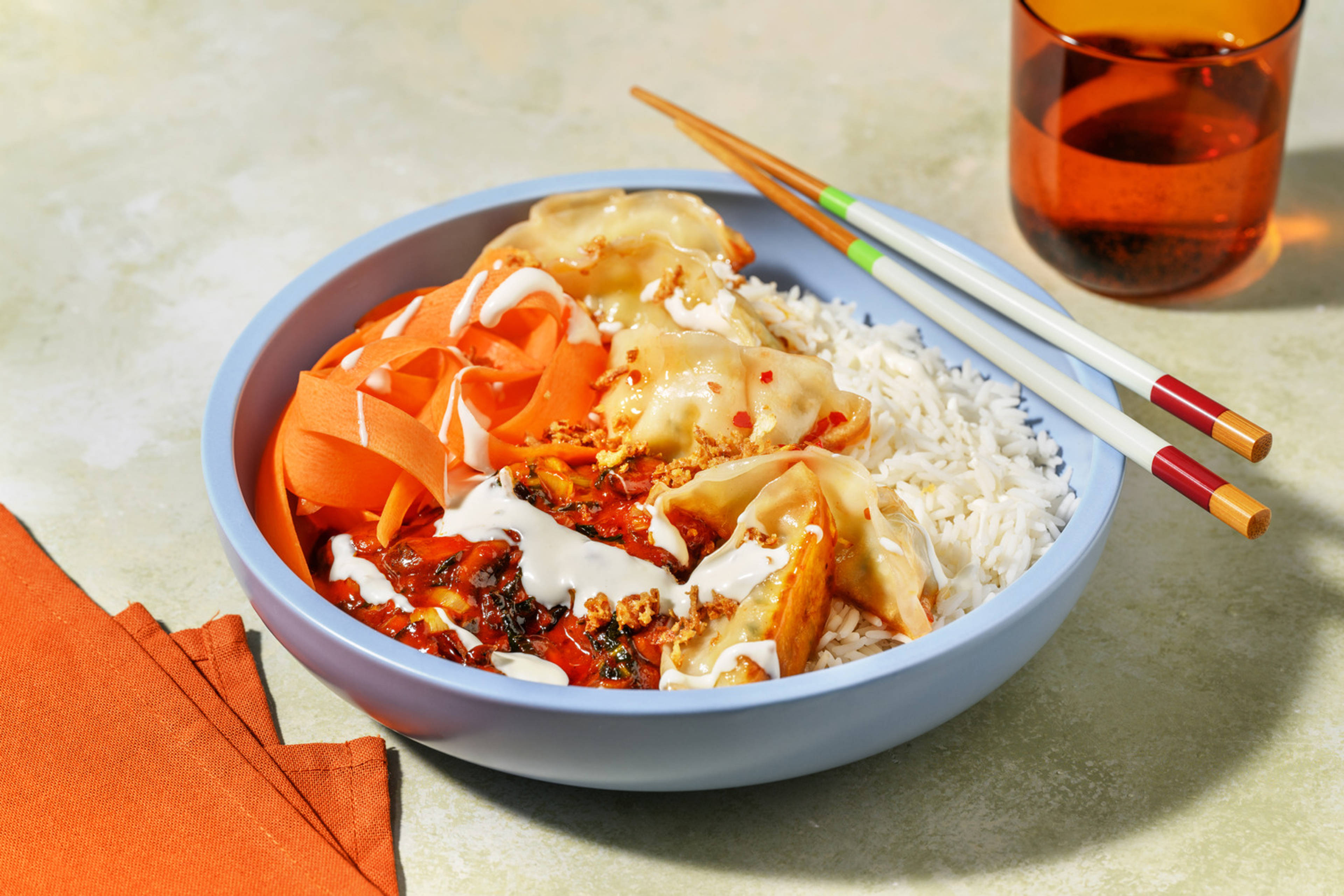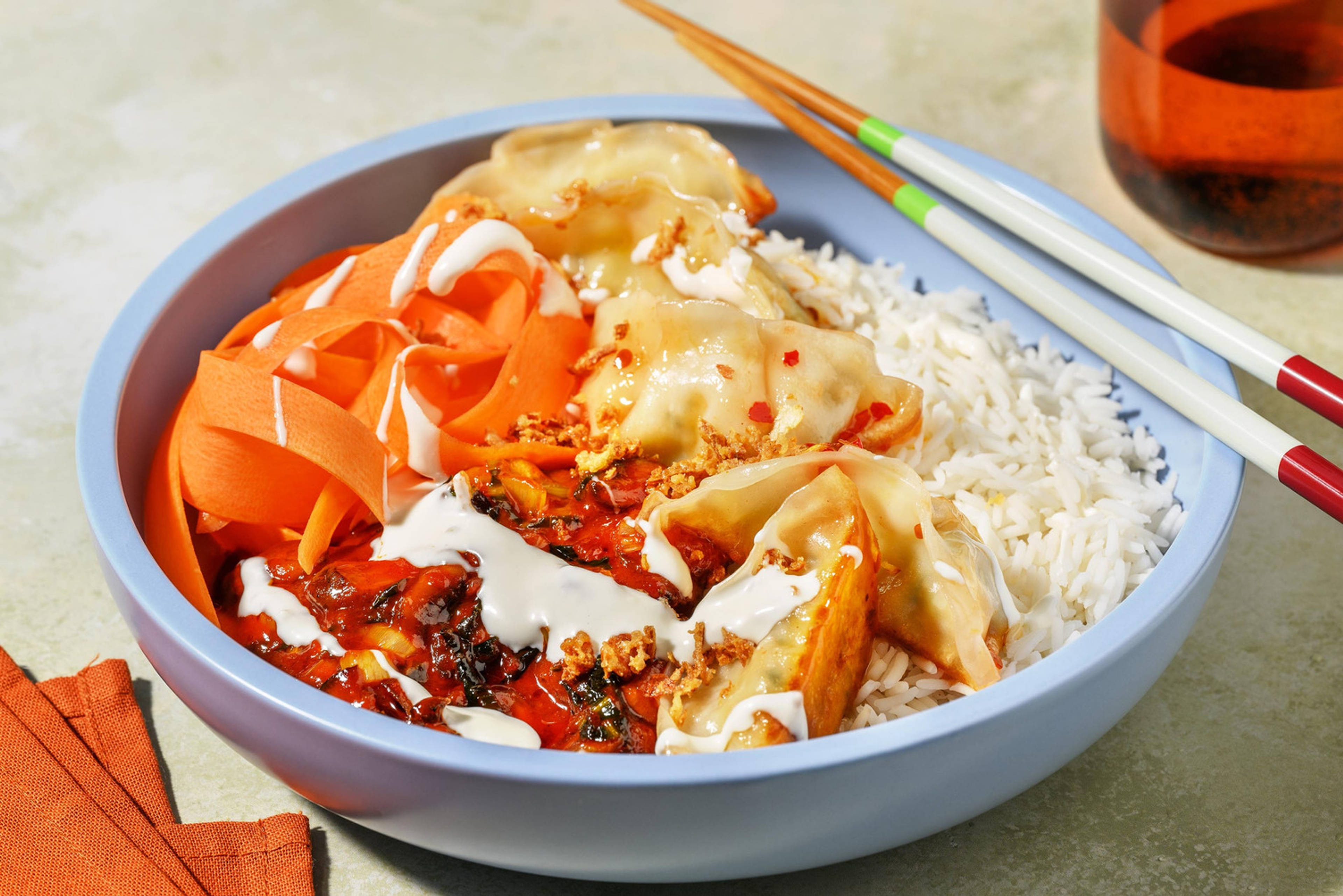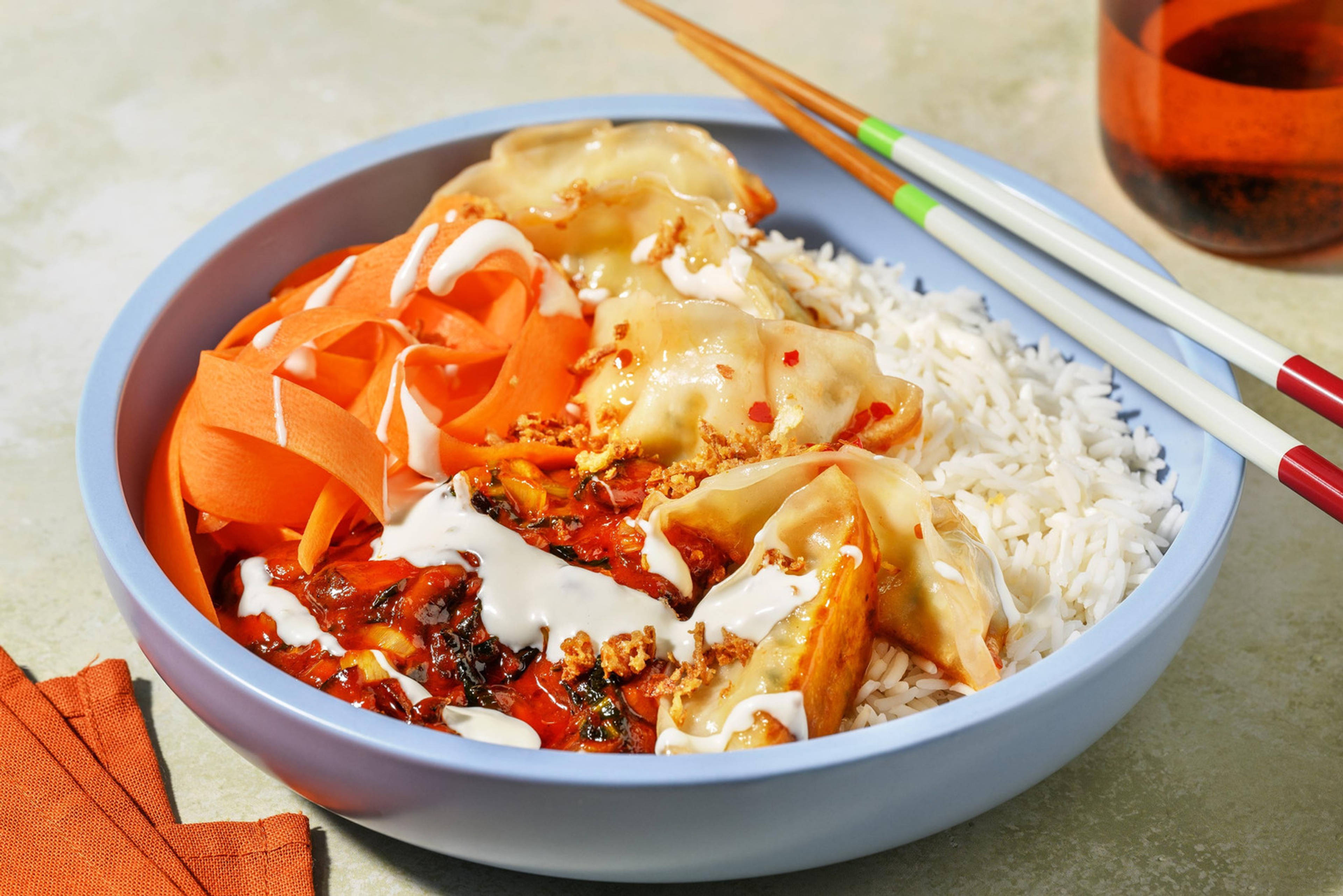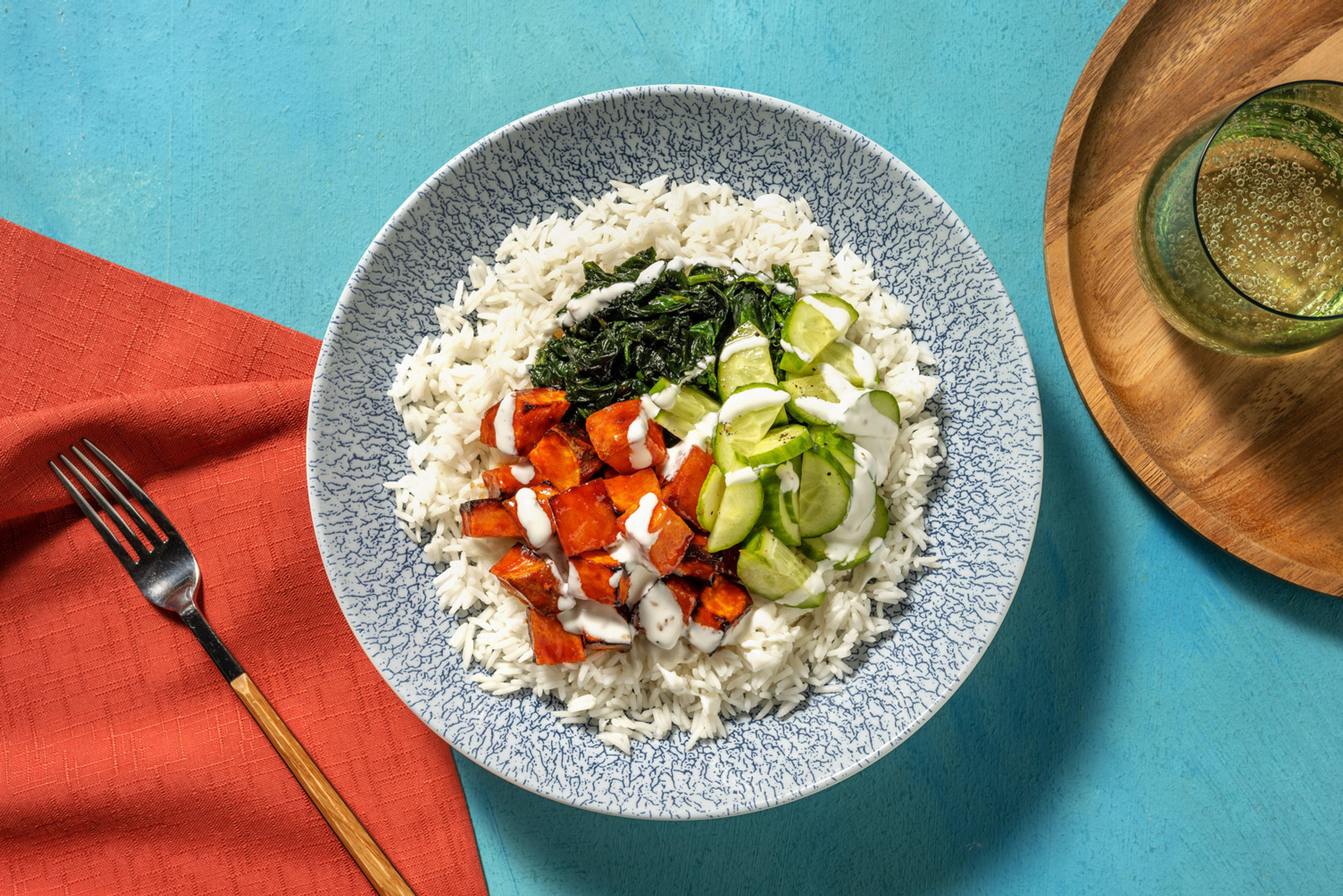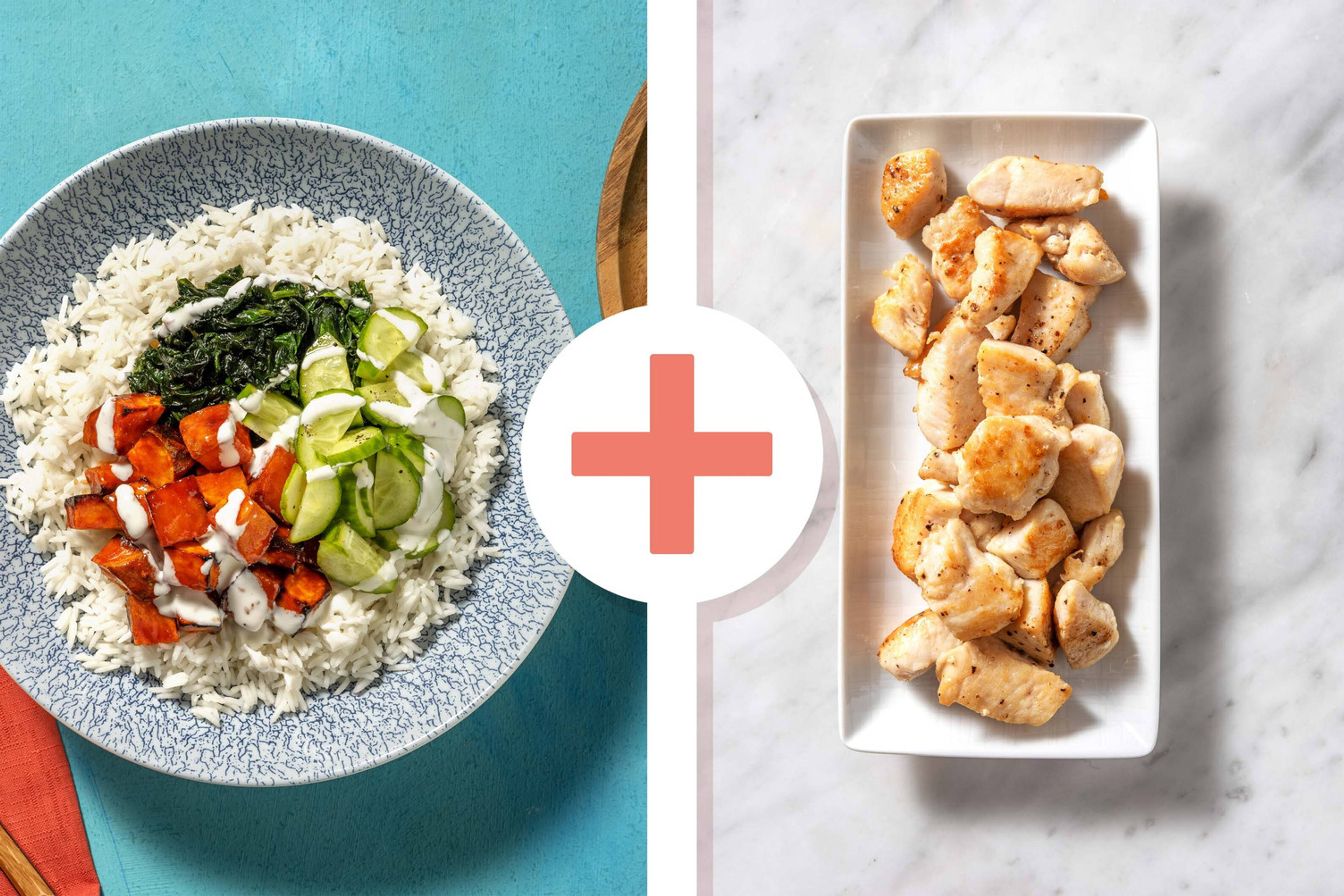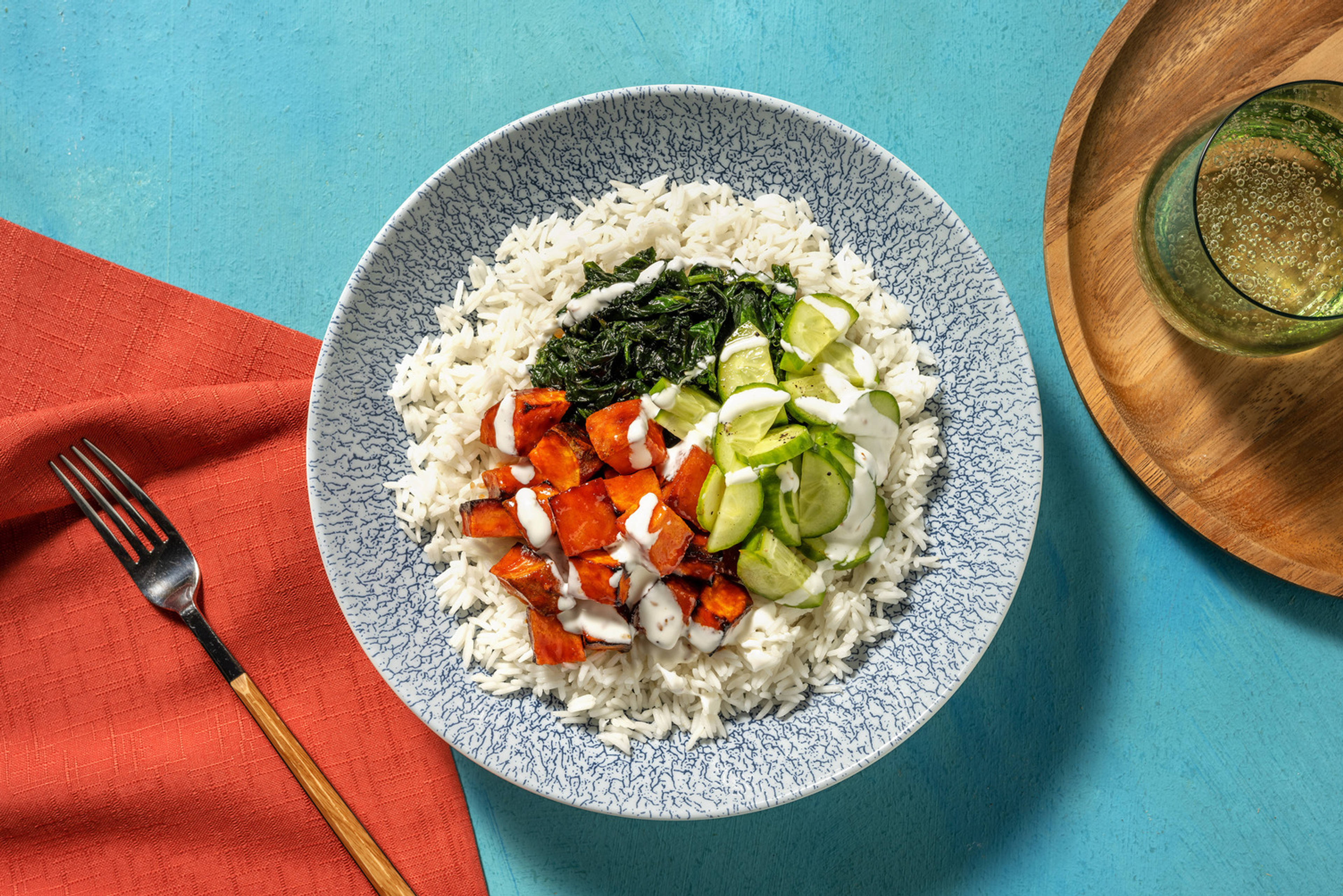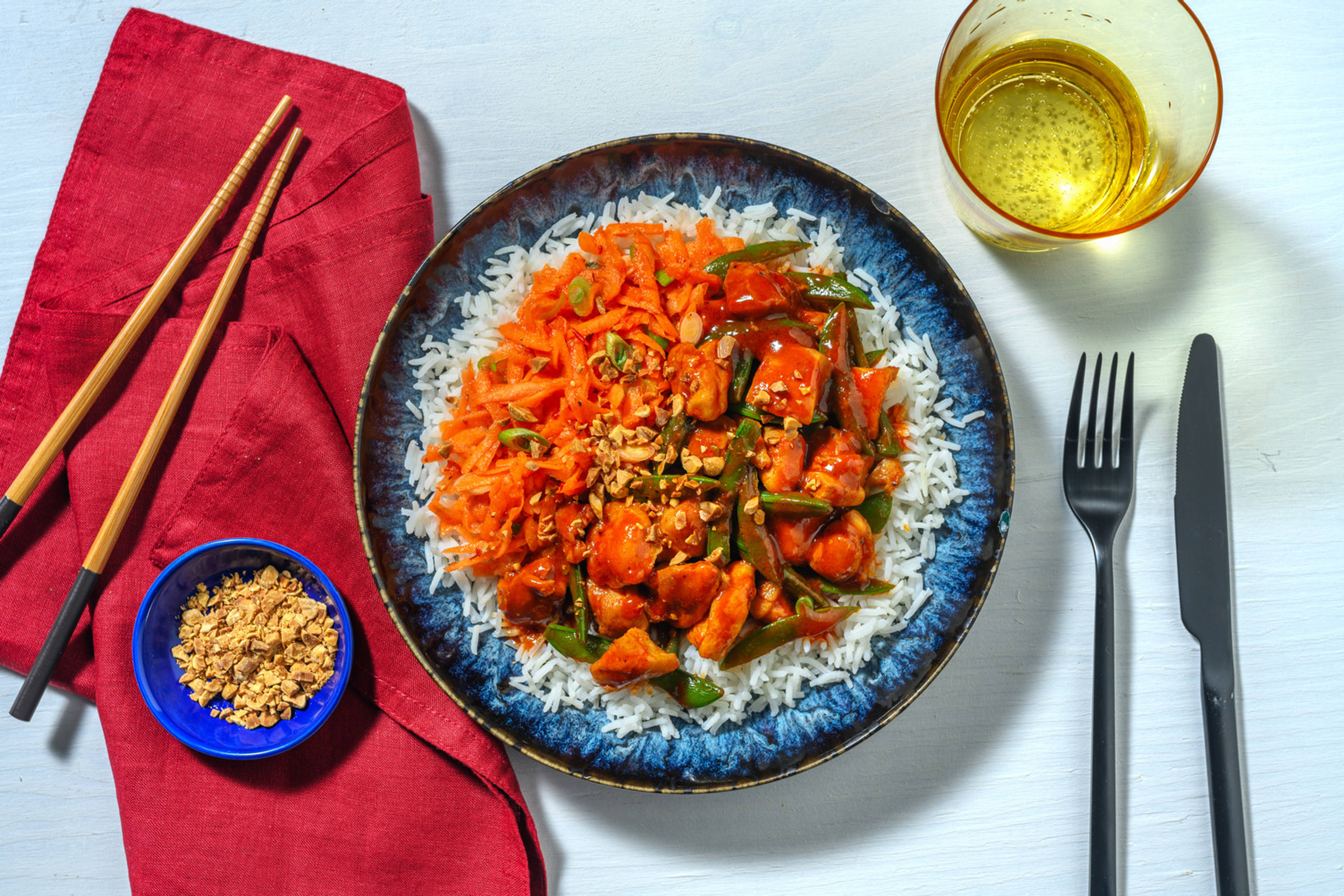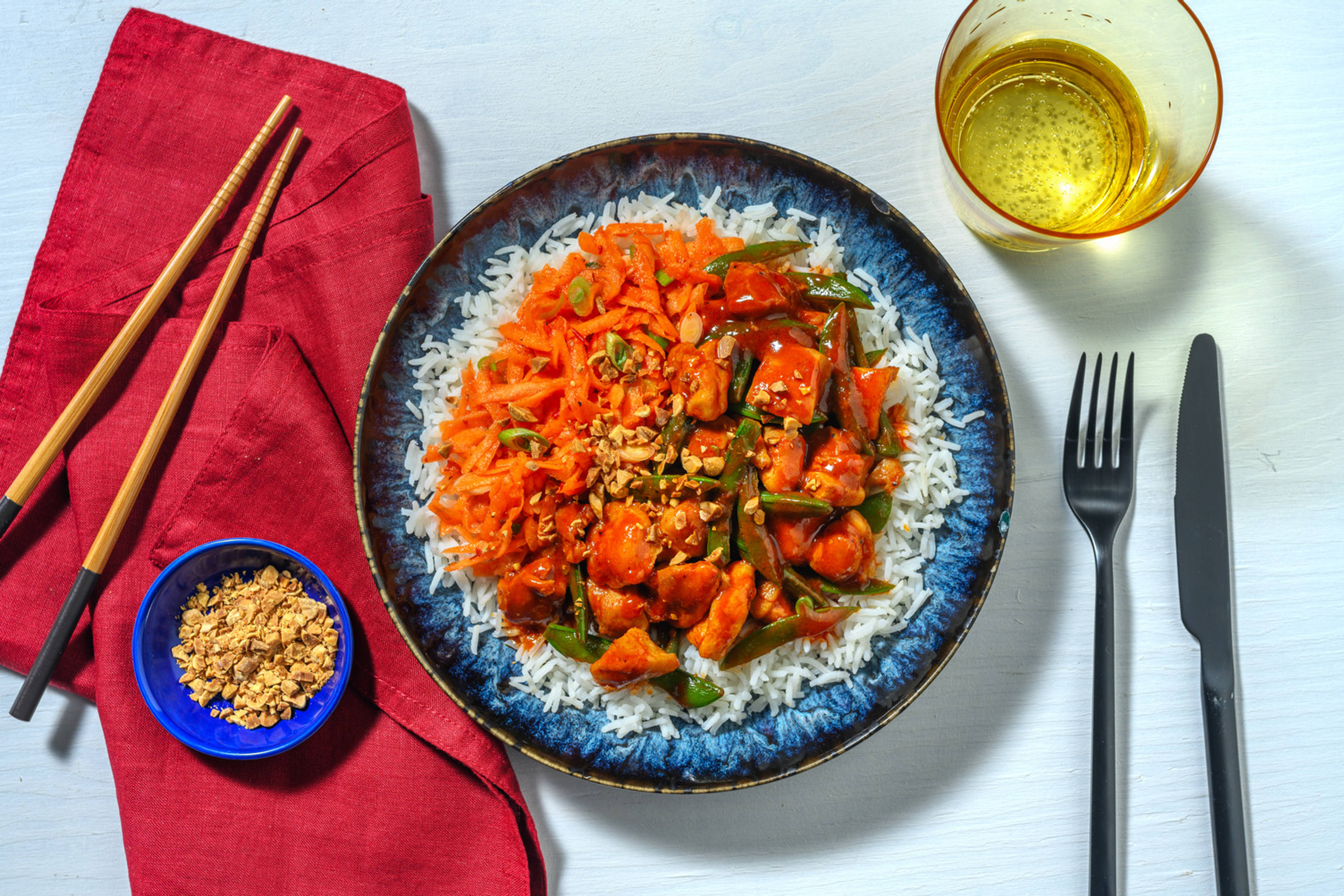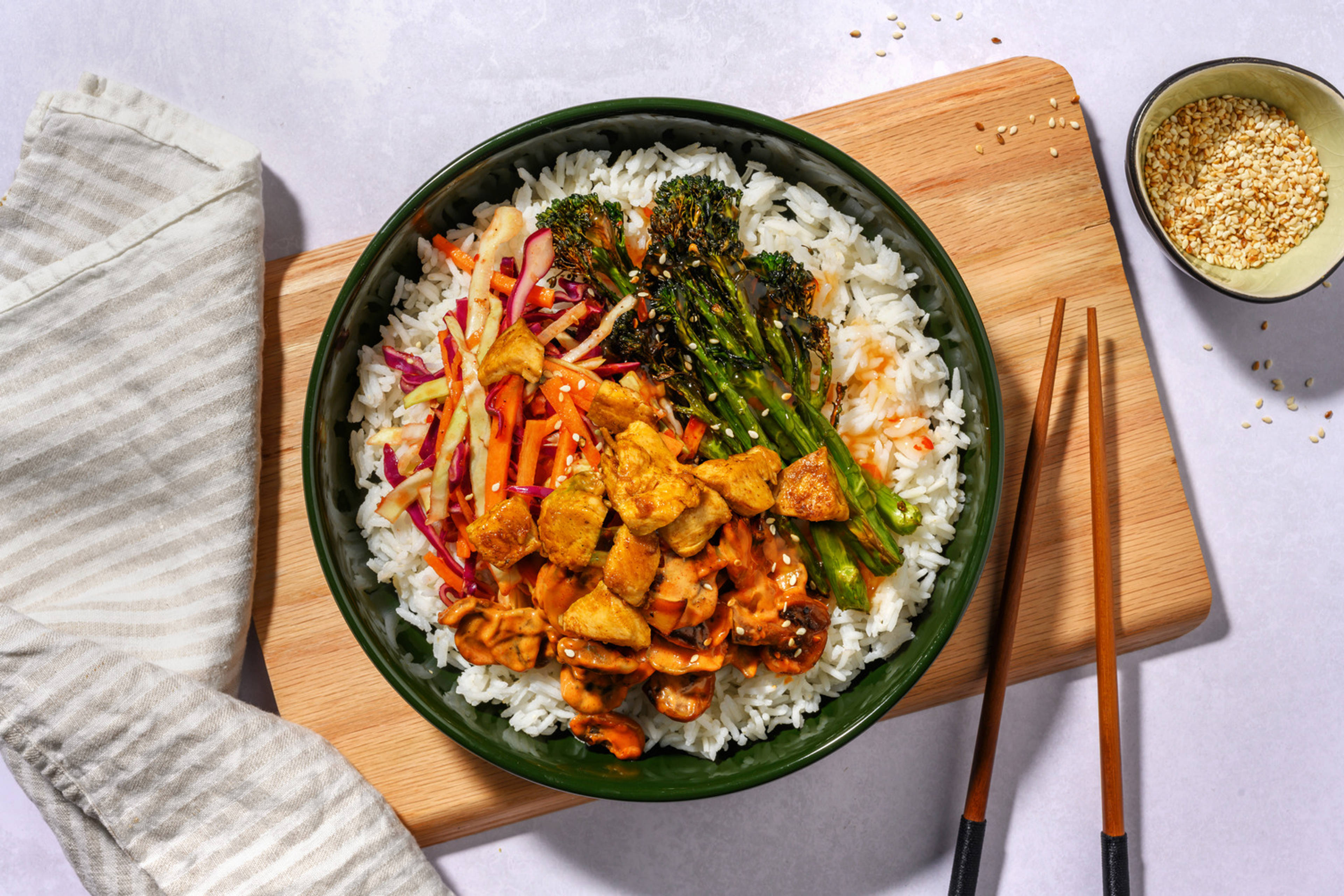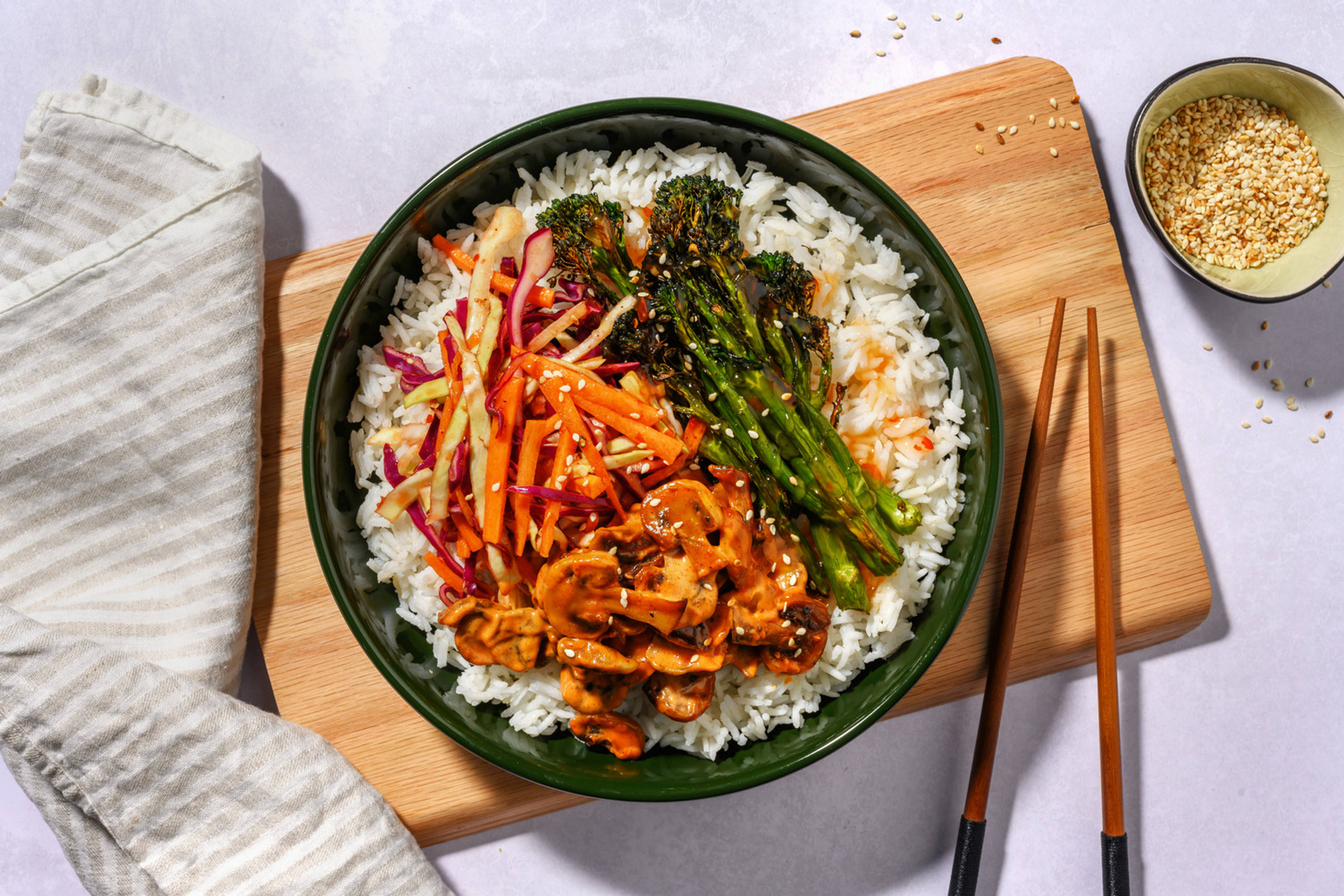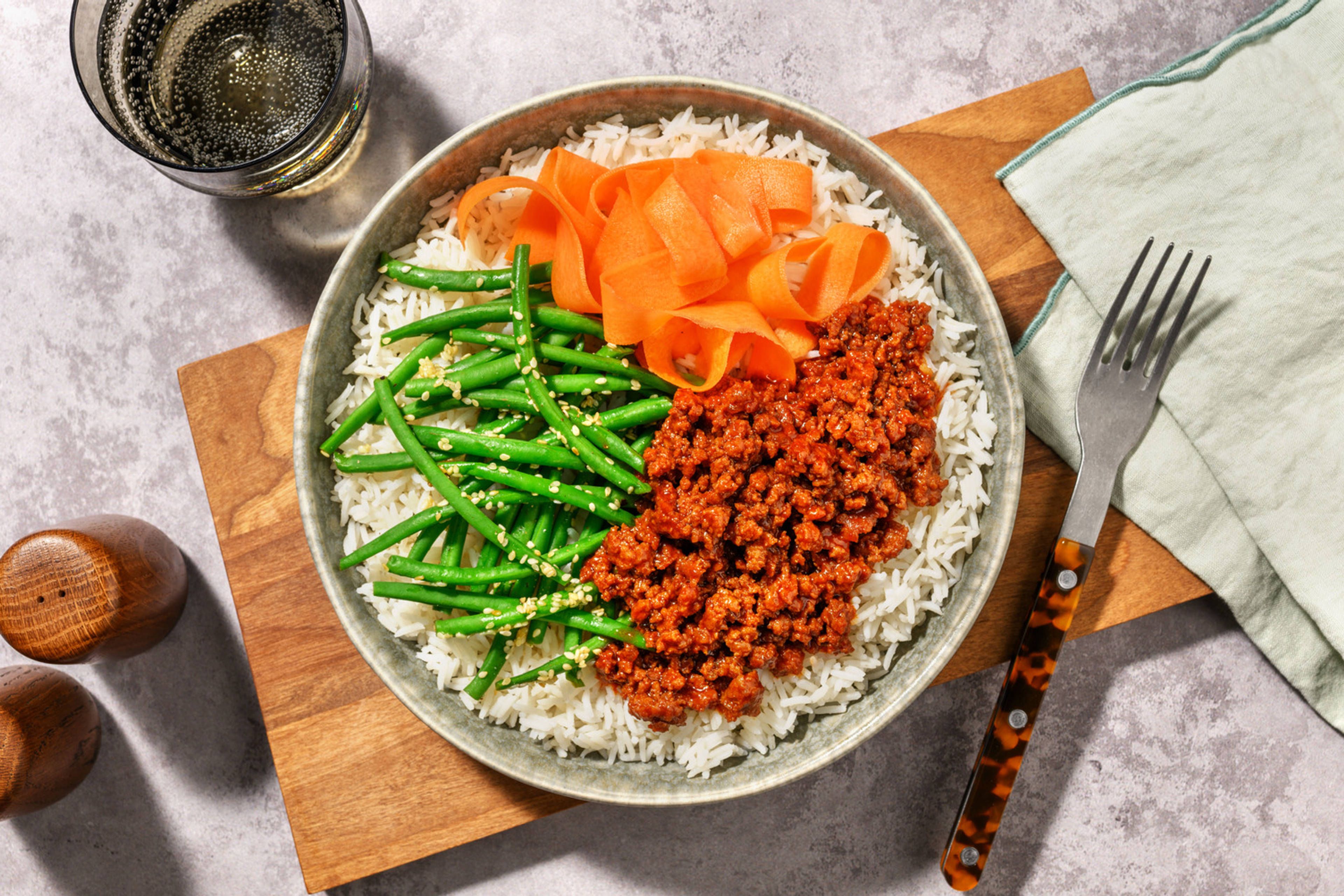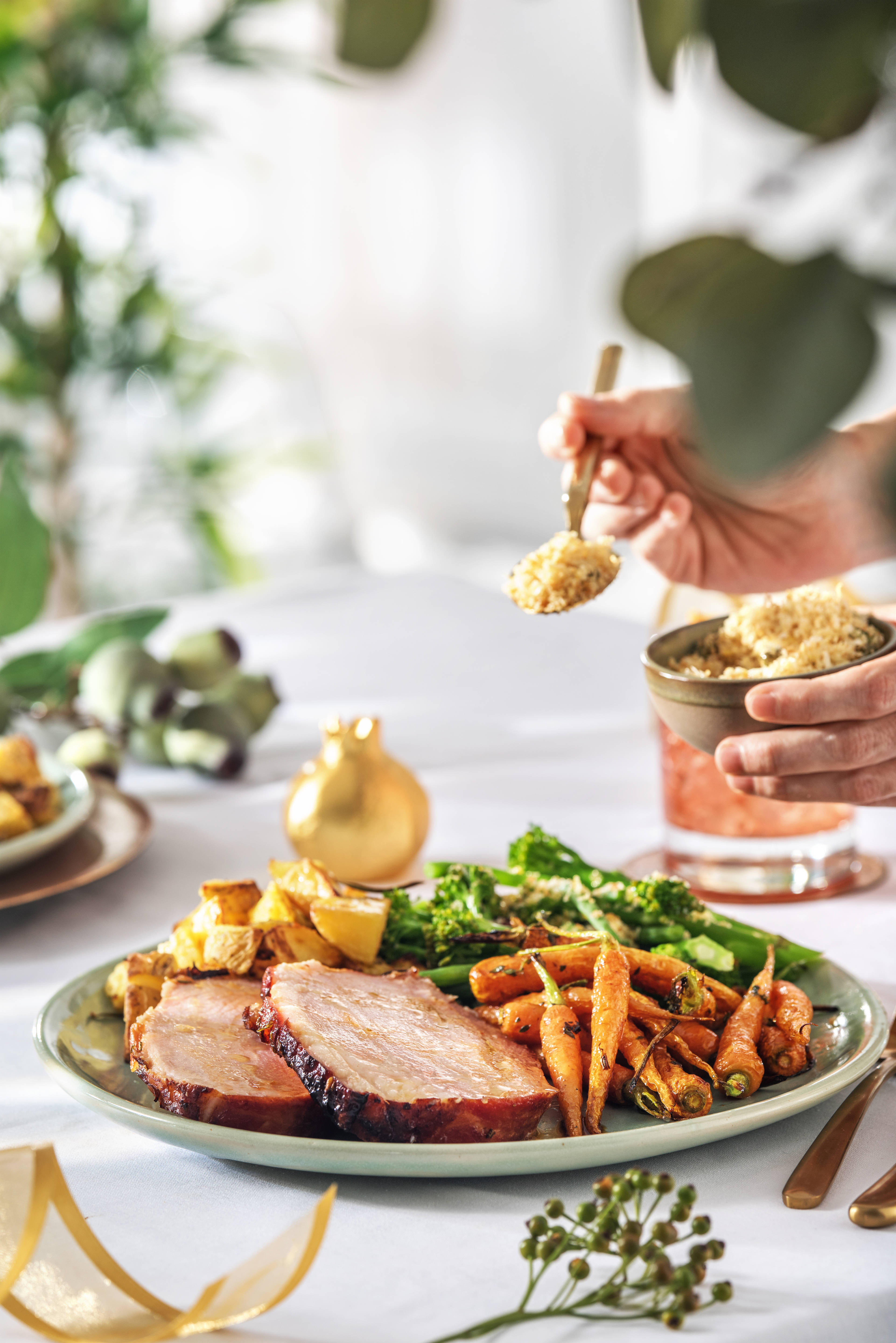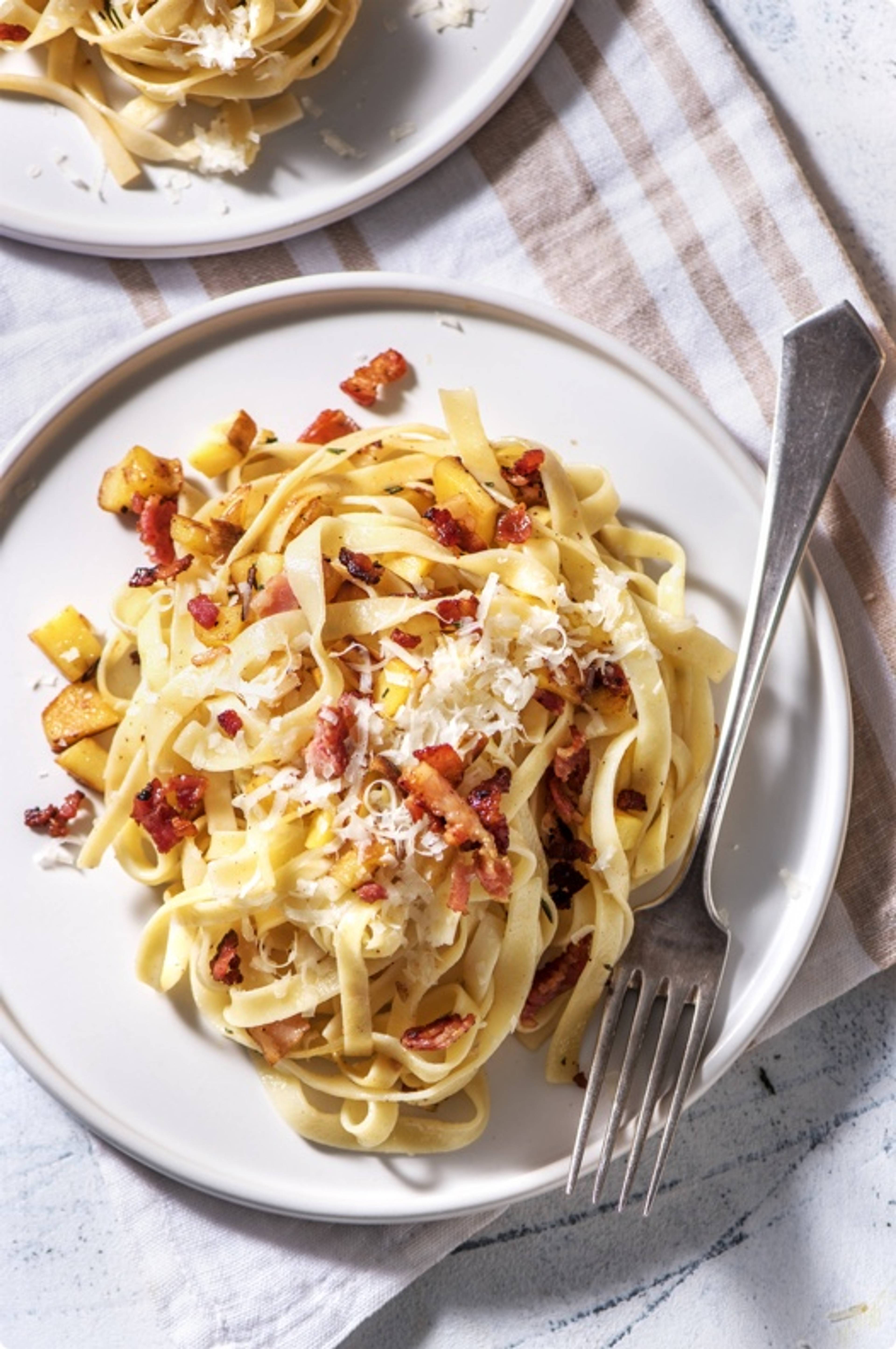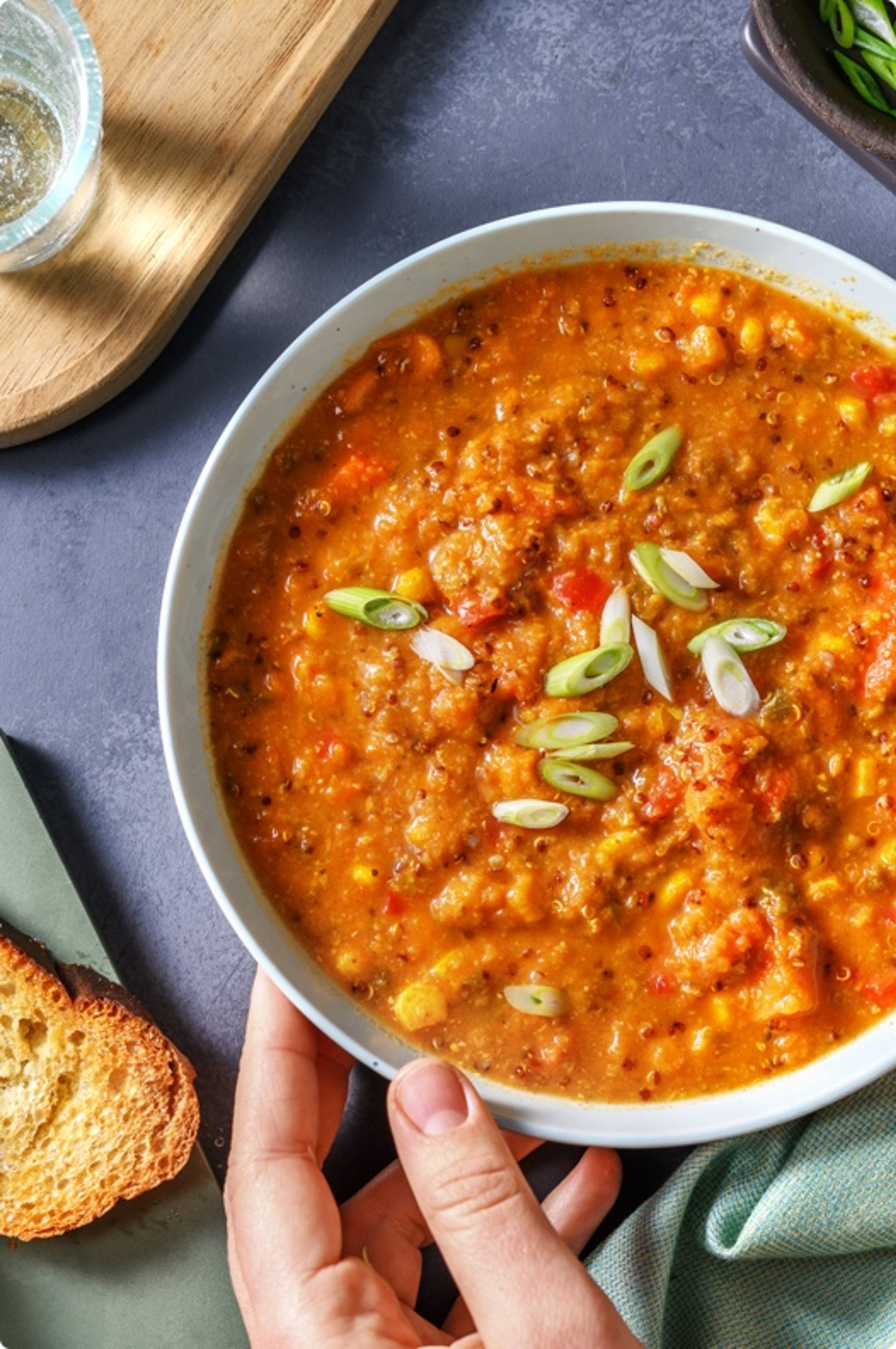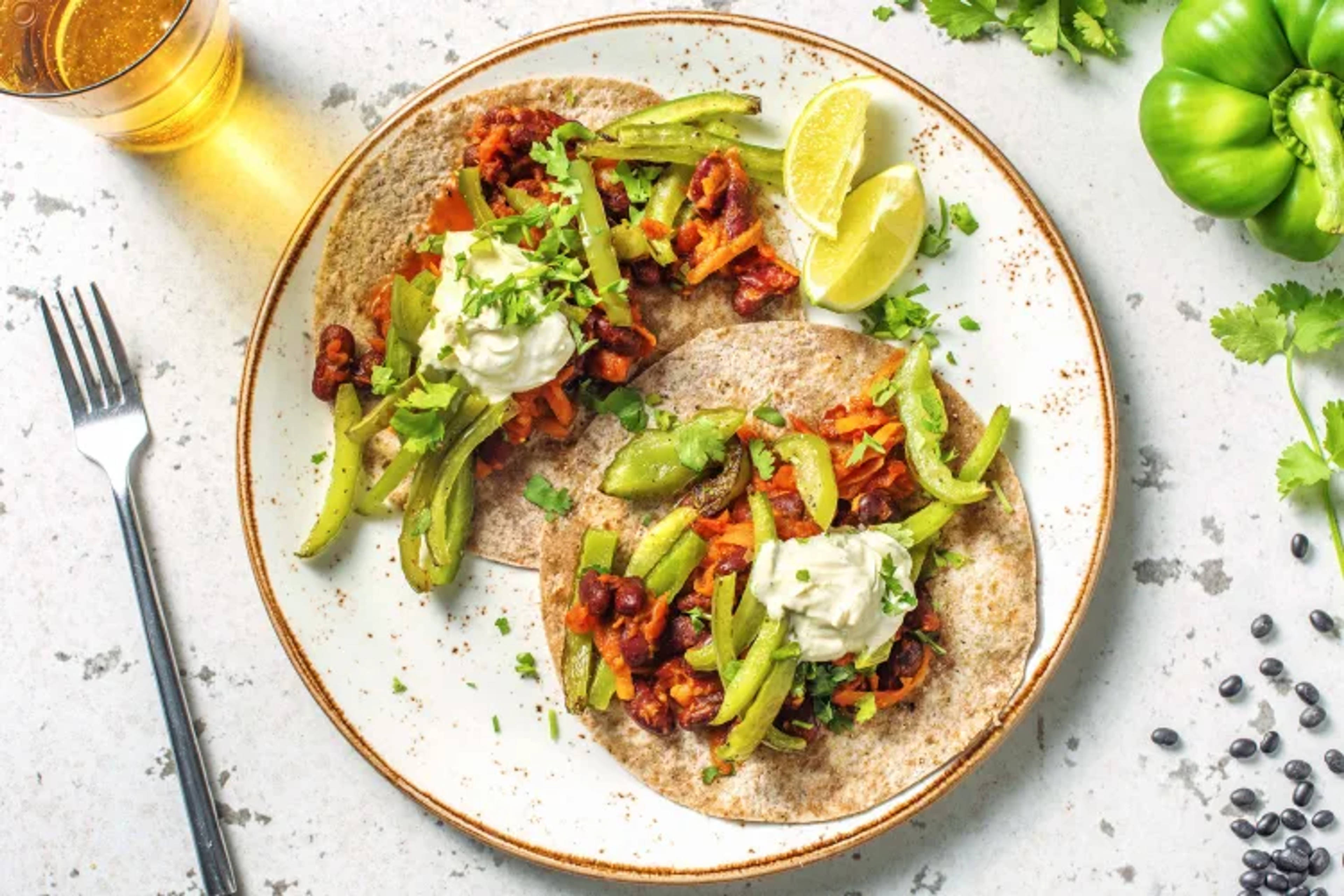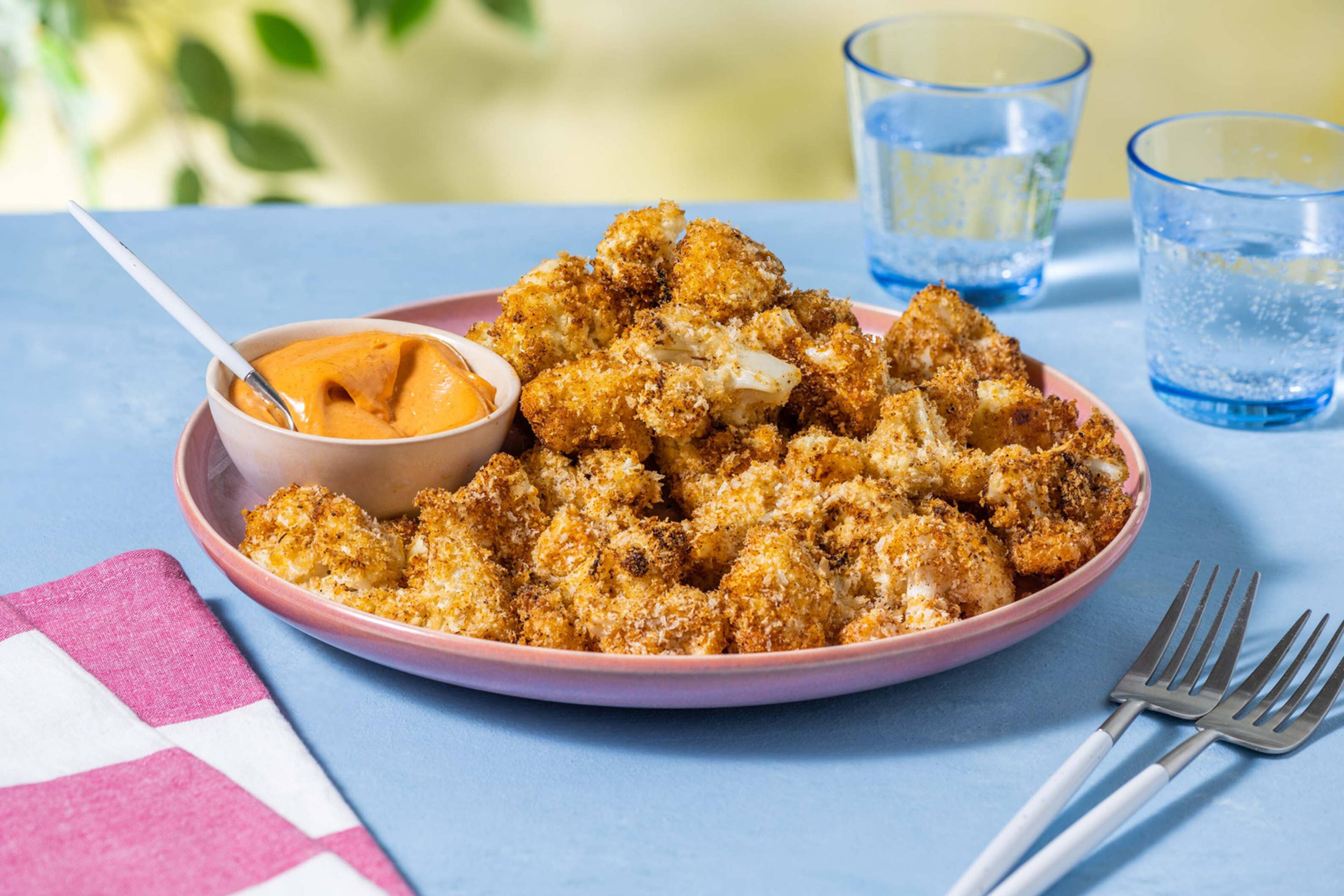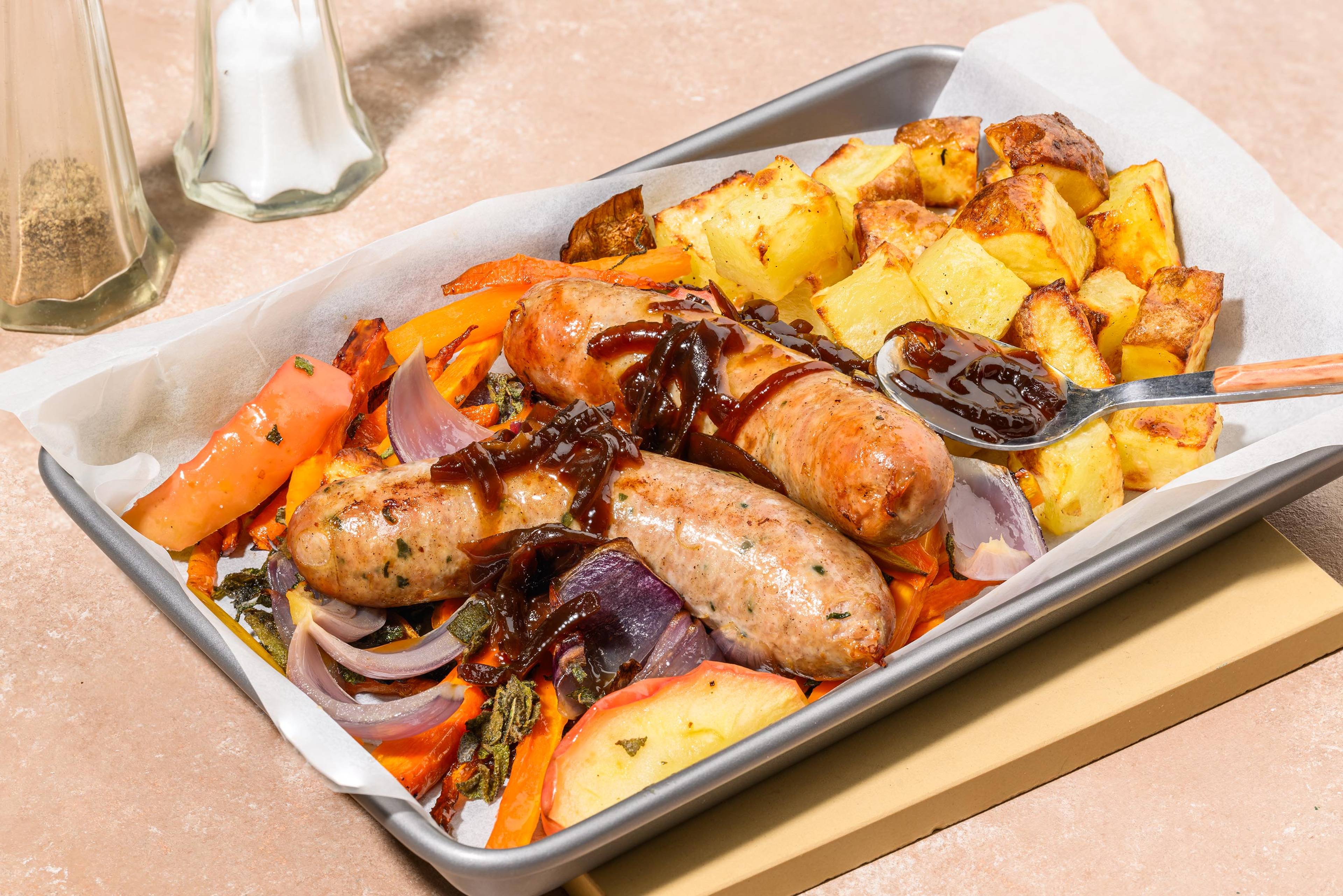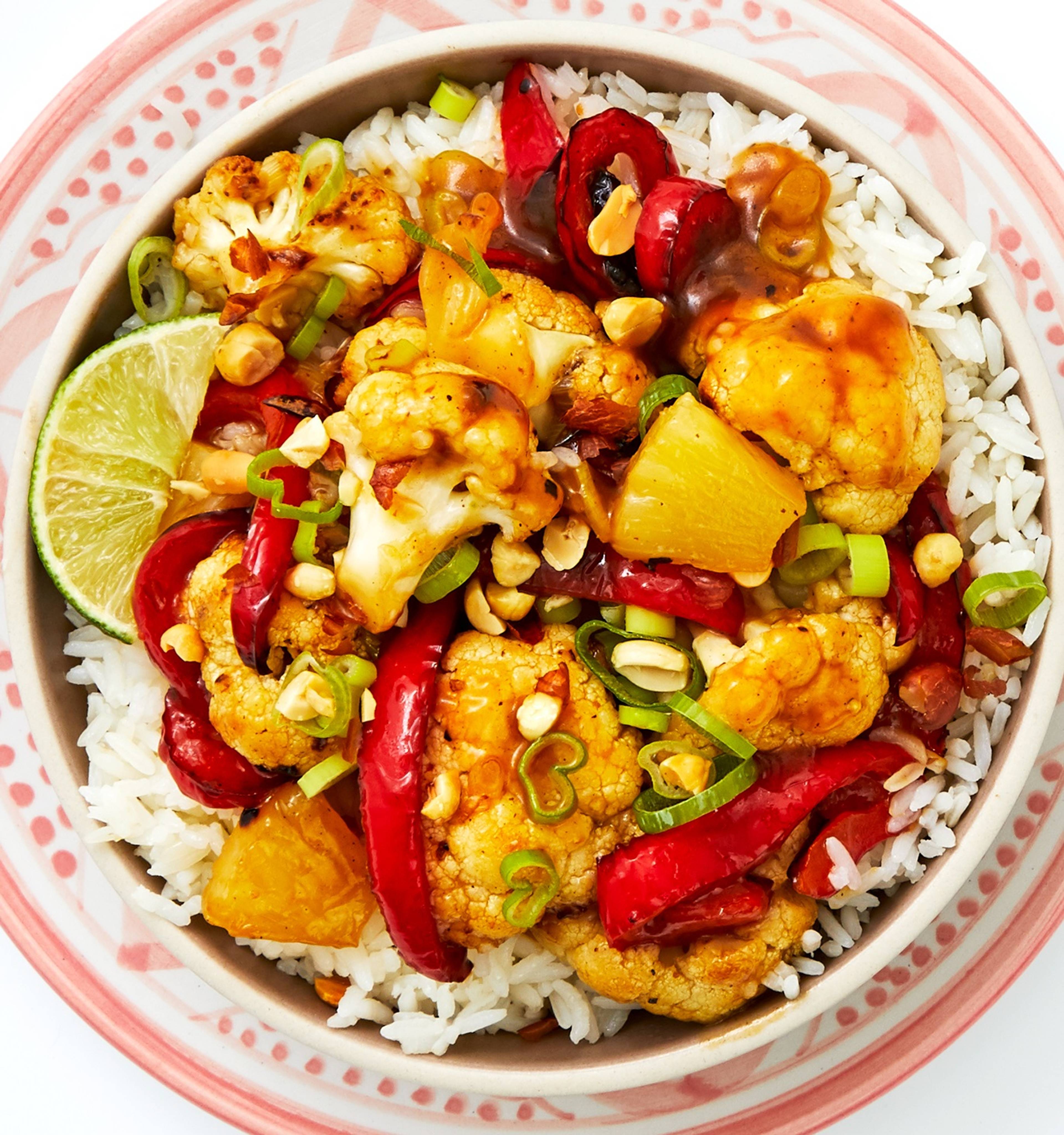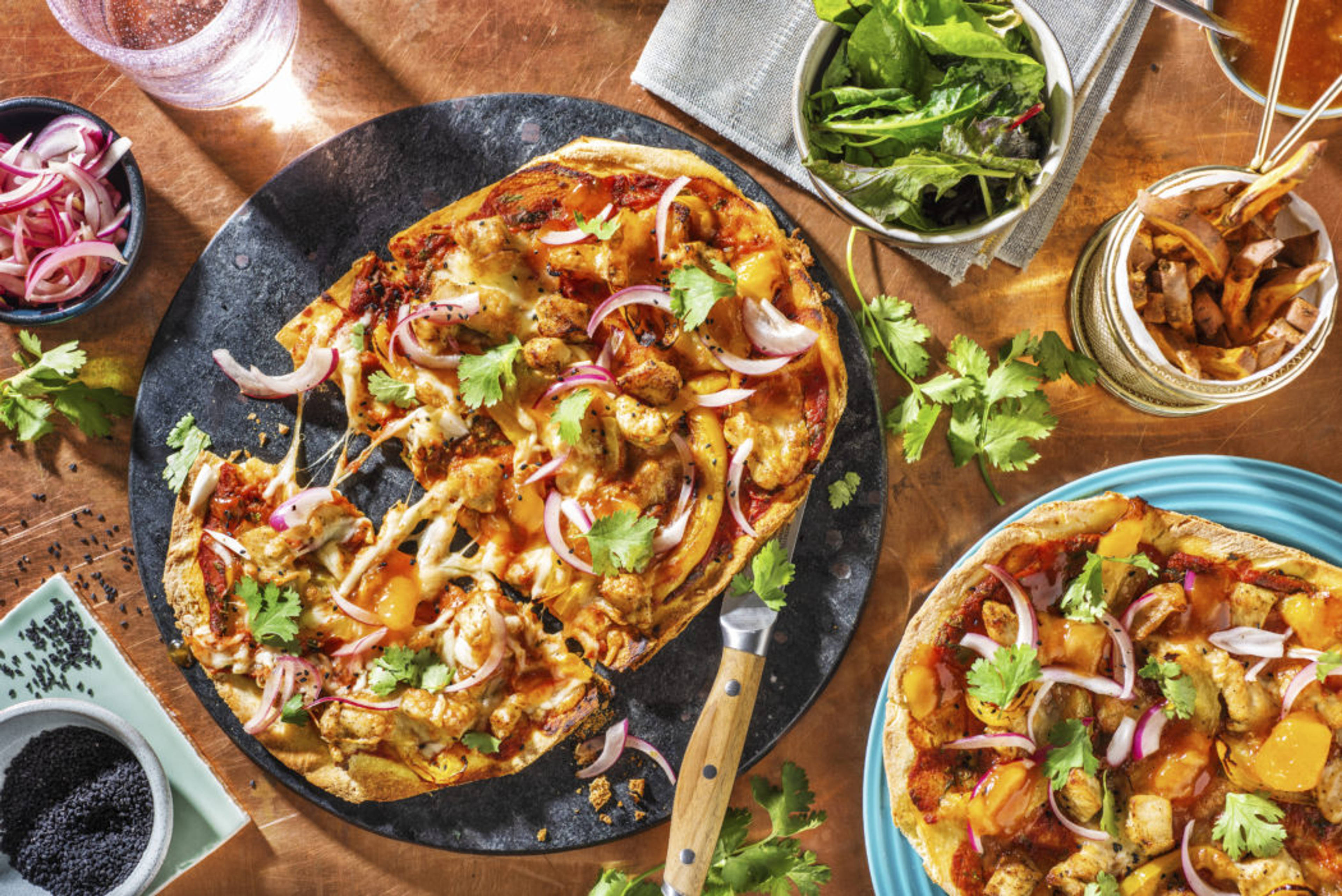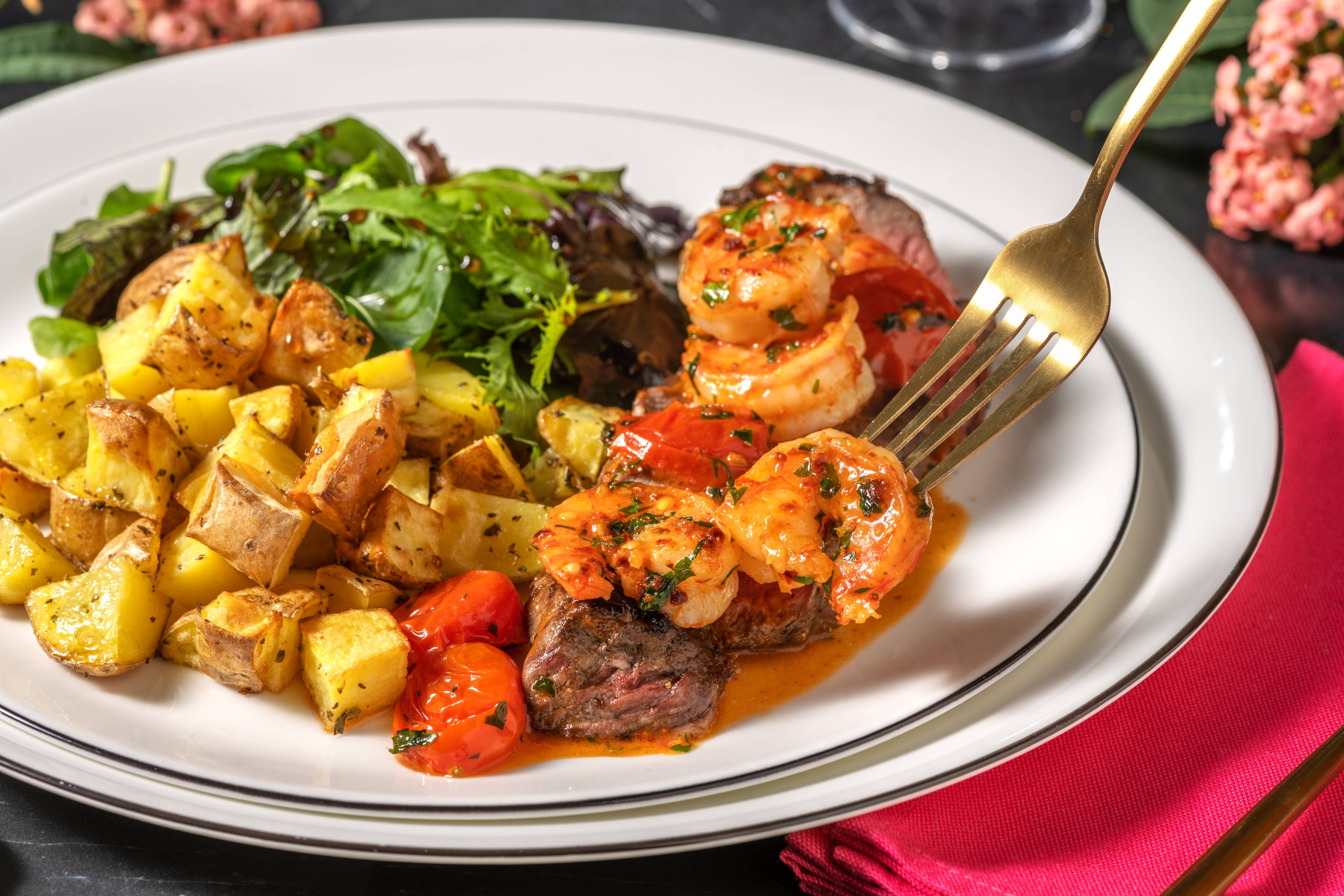Bibimbap Recipes
A vibrant Korean rice bowl packed with colour and flavour, explore easy bibimbap recipes and learn how to make this iconic dish at home.
Discover our Delicious Bibimbap Recipes
Bibimbap Recipes
Delve into a variety of flavourful Korean bibimbap recipes, from traditional beef to vegetarian and vegan options, all bursting with colourful veg and bold sauces.Easy Korean Bibimbap Recipes
Looking for a quick and easy Korean bibimbap recipe? Try these step-by-step guides to recreate this balanced and delicious rice bowl at home with minimal fuss.Further Easy Korean Bibimbap Recipes
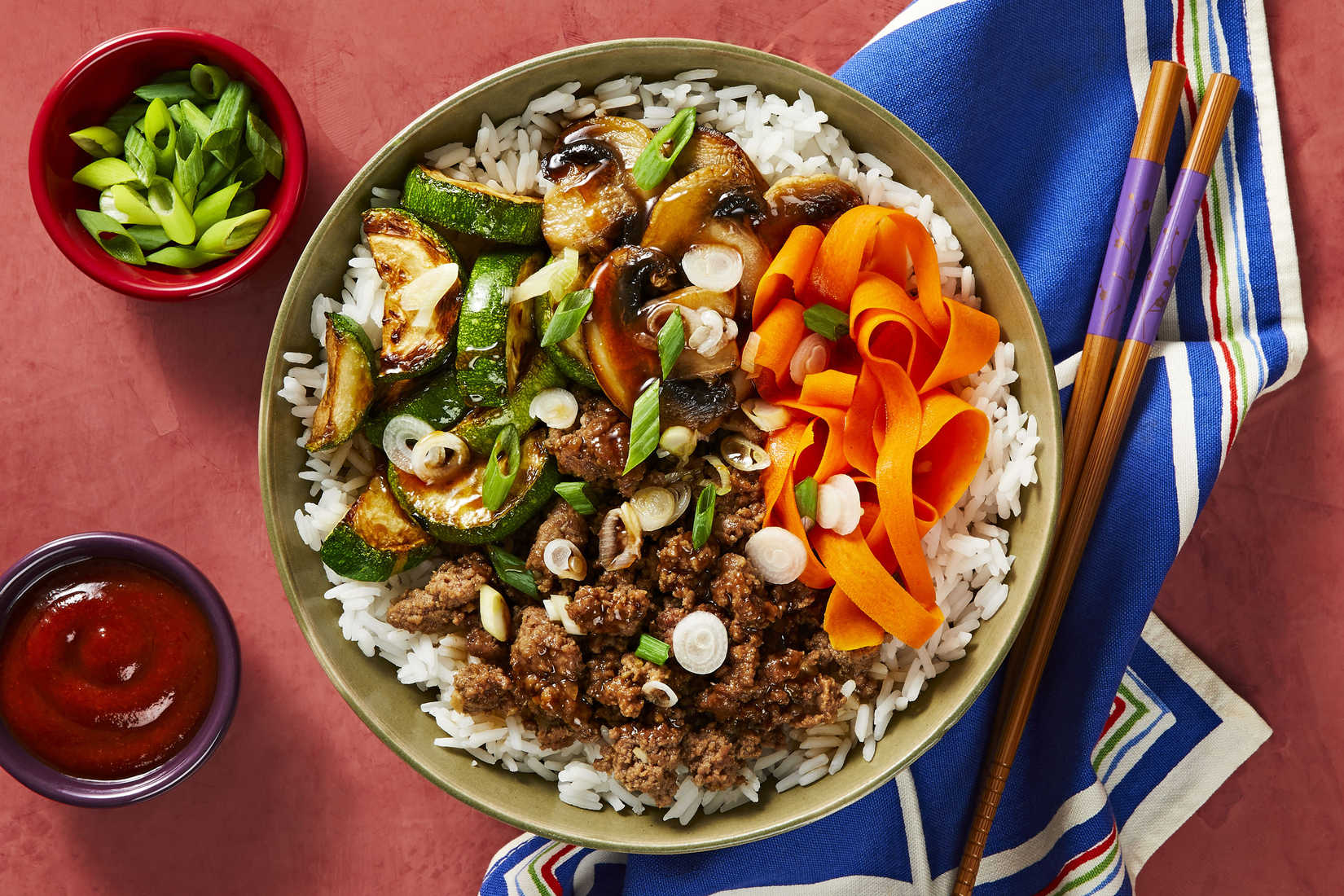
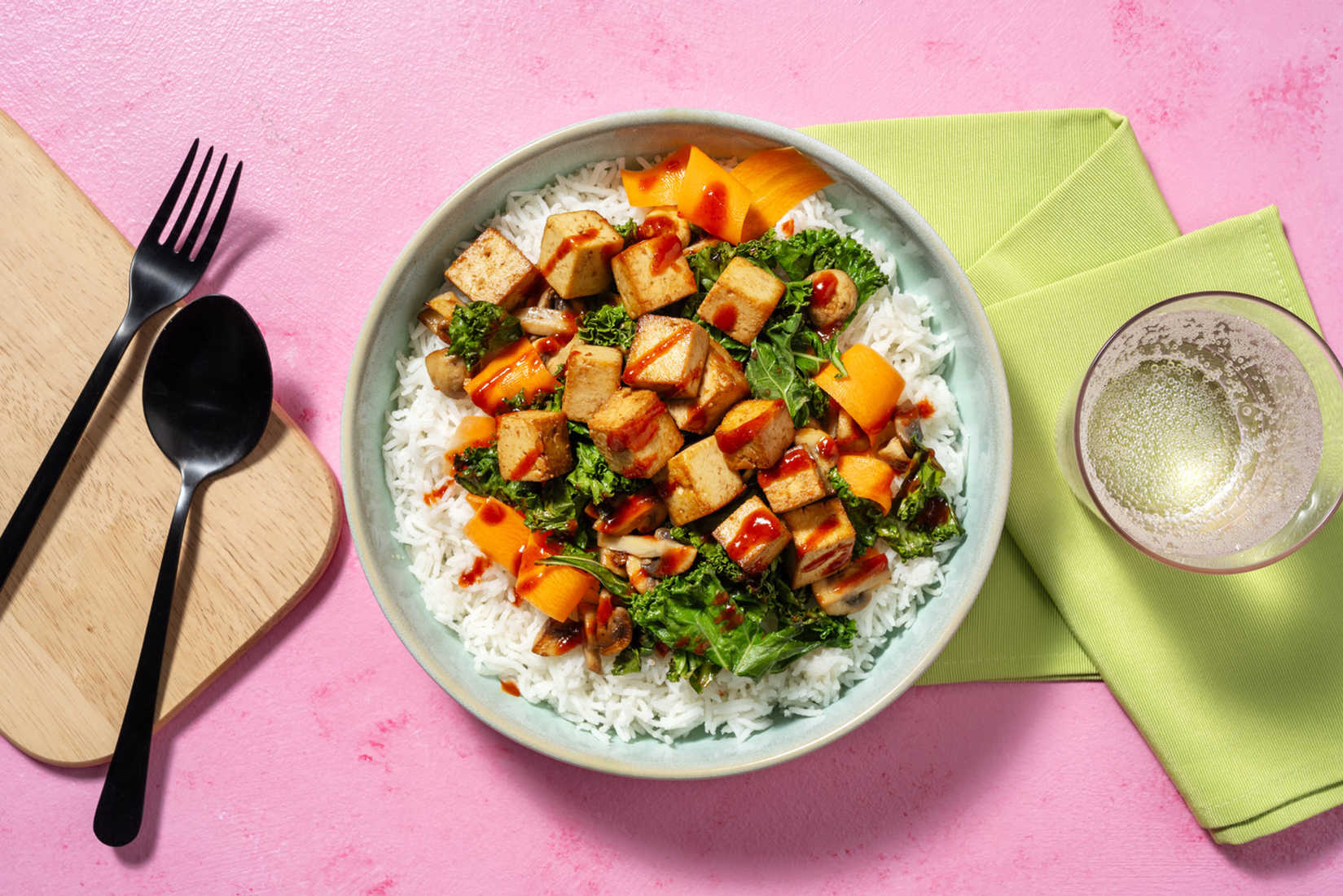
FAQs: Bibimbap Recipes
What is a bibimbap?
Bibimbap is a Korean mixed rice dish made with vegetables, protein, and a spicy sauce, typically gochujang. It’s known for its nutritional balance and visual appeal.
What is in bibimbap?
Bibimbap includes rice, assorted vegetables, a protein and gochujang-based sauce. It may also be topped with sesame oil, seeds, or seaweed.
How to make bibimbap?
Cook rice, prep vegetables, cook your protein, and make the sauce. Layer everything in a bowl and mix before eating for full flavour in every bite.
How to prepare bibimbap?
Prepare each component separately, rice, vegetables, protein, and sauce, then assemble and serve. A dolsot (stone bowl) adds a traditional touch with crispy rice.
Is bibimbap vegan or vegetarian?
Bibimbap can be made vegan or vegetarian by skipping animal products. Replace meat with tofu or tempeh, and use a vegan gochujang sauce.
What makes Korean bibimbap special?
Its mix of textures, flavours, and temperatures sets it apart. It’s not just delicious, it’s also visually stunning and packed with wholesome ingredients.
Is Korean bibimbap recipe easy to make?
Yes! Once ingredients are prepped, assembly is quick and fun. It’s perfect for customising based on what you have at home.
Is bibimbap healthy?
Absolutely. It’s a well-balanced meal high in vegetables and protein, with healthy fats from sesame oil. Ideal for nutritious everyday eating.
Can I make bibimbap without gochujang?
Gochujang is traditional, but if unavailable, try a mix of chilli paste, soy sauce, and a hint of sugar as a substitute.
How do you pronounce bibimbap?
It’s typically pronounced bee-bim-bap, with emphasis on the first syllable.
Recipes by Preferences and Dietary Lifestyle
Get excited every evening!
+6
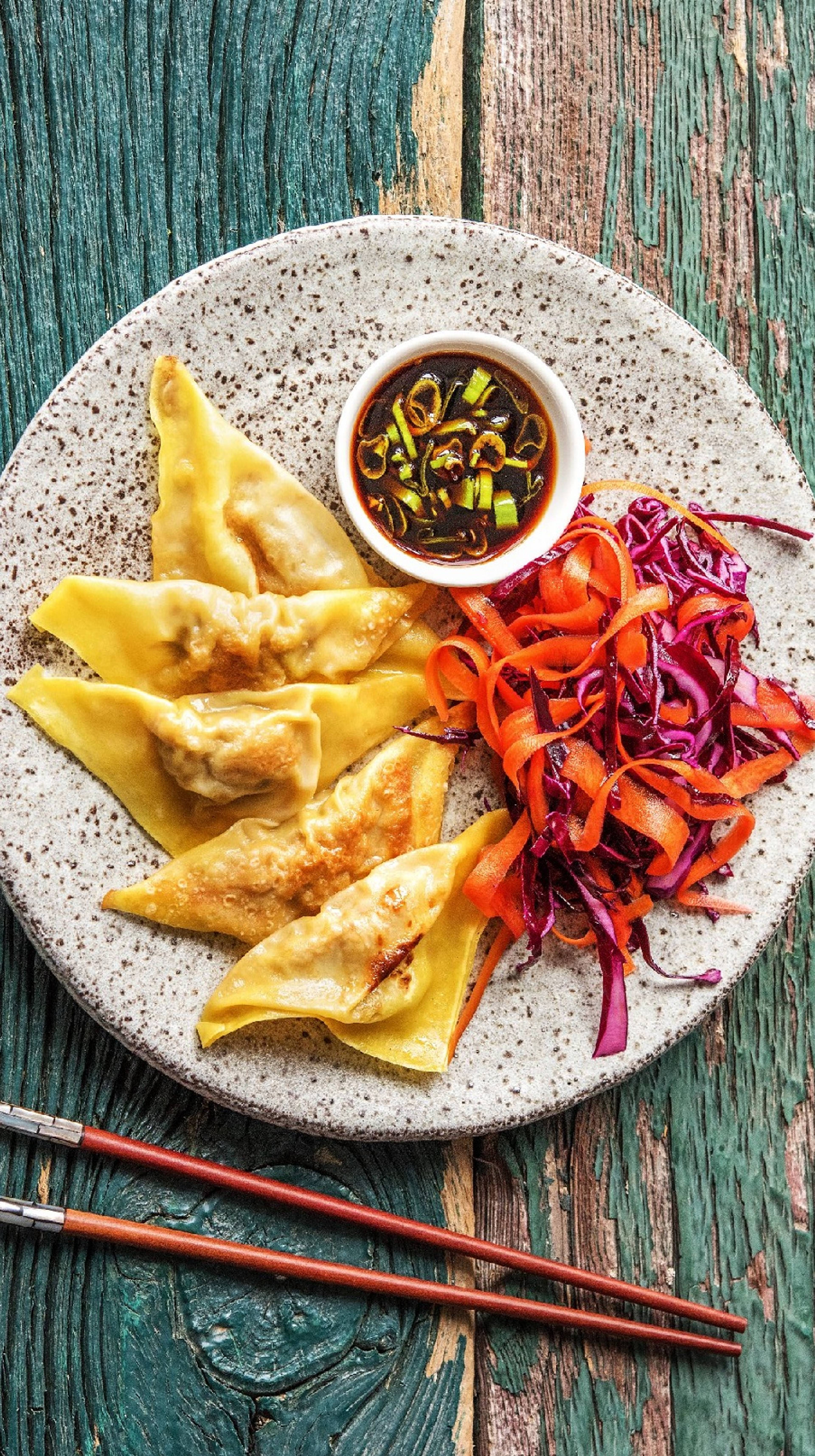

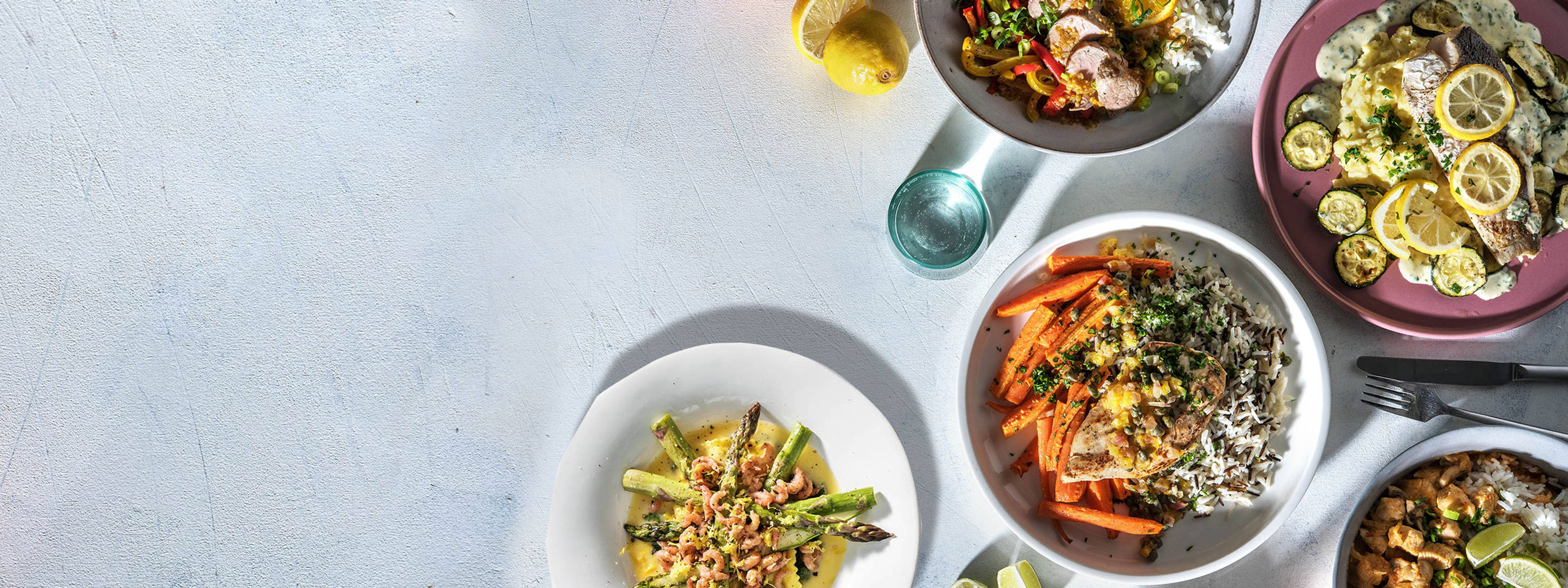
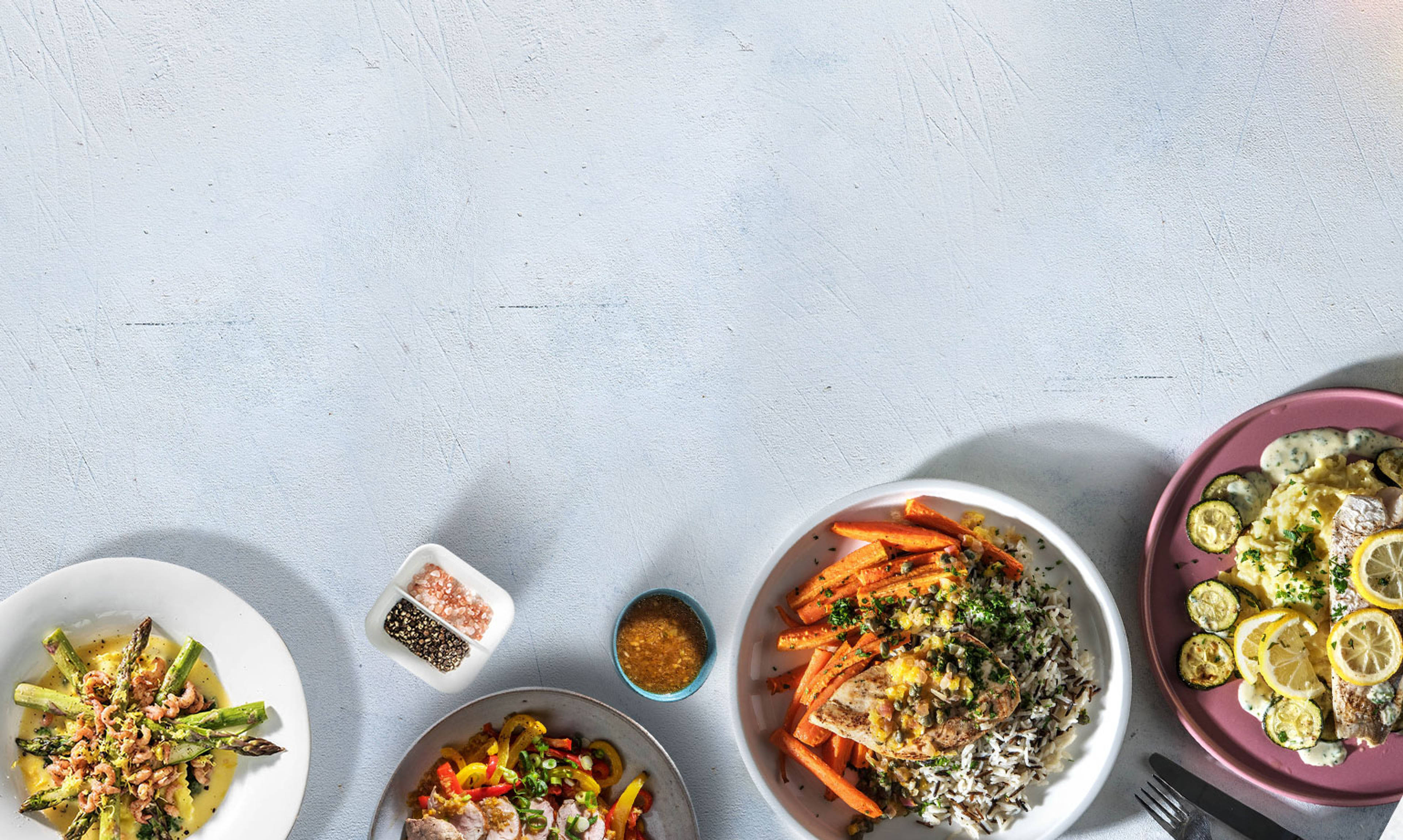
Recipes you'll love!
Get delicious recipes and all ingredients fresh on your doorstep every week!
